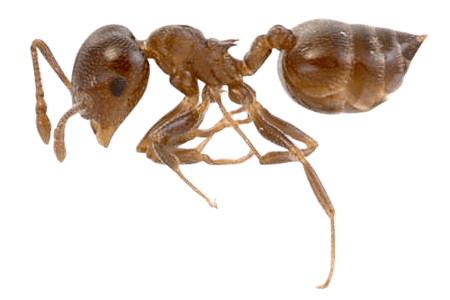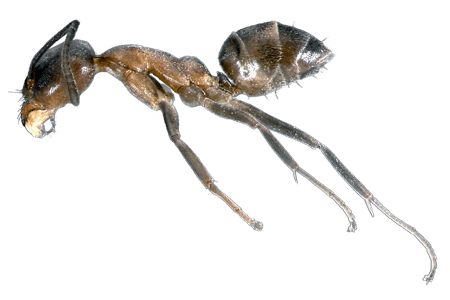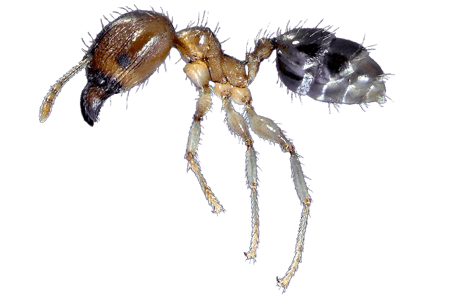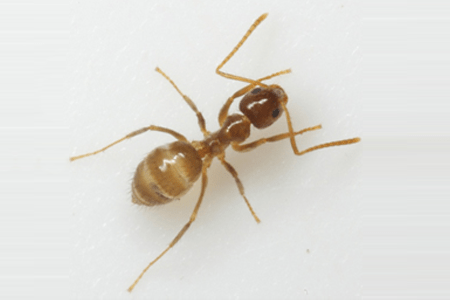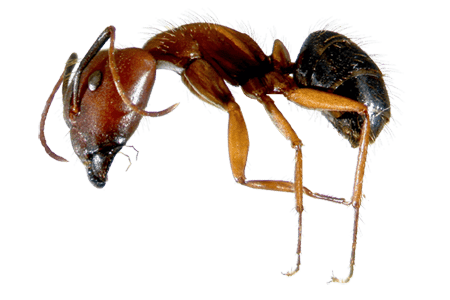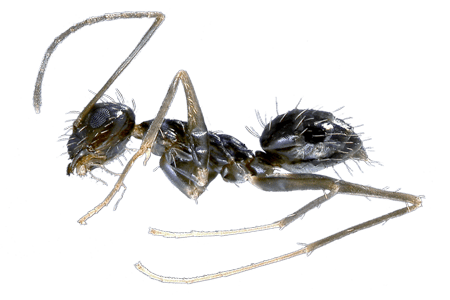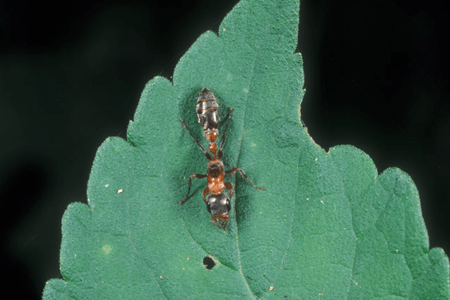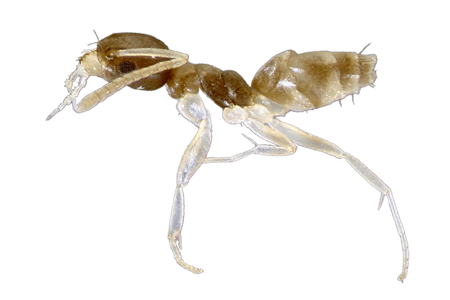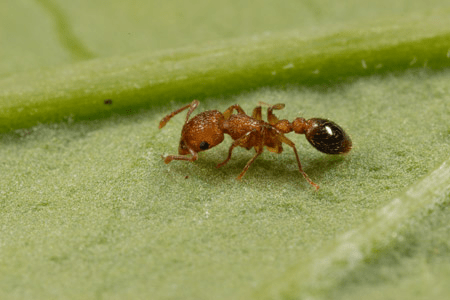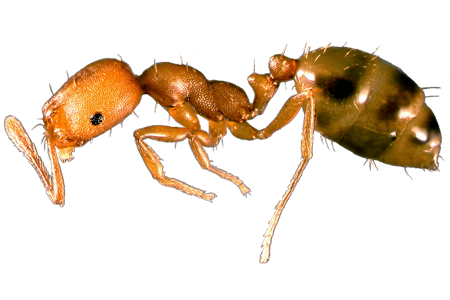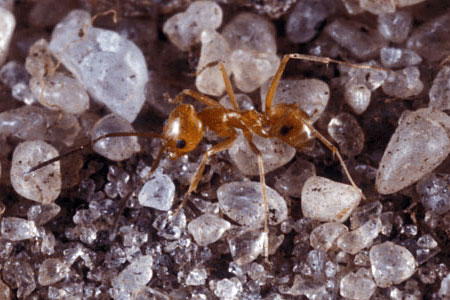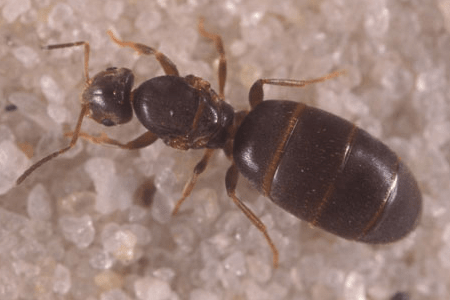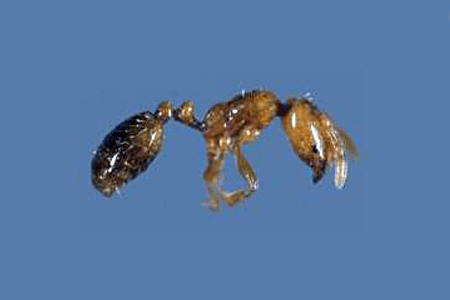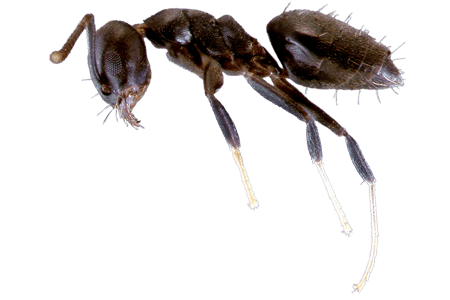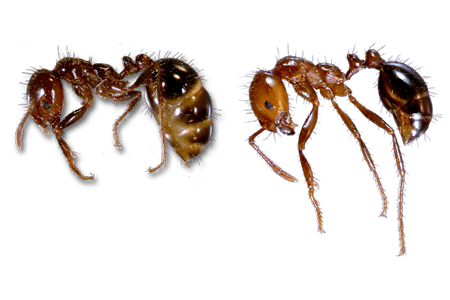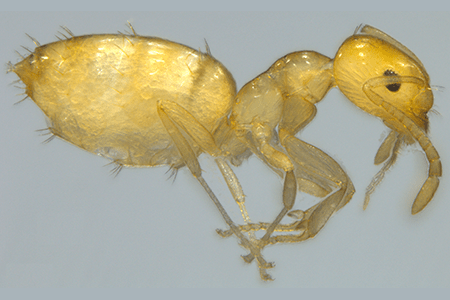Active Seasons




Ant Appearance and Size Facts
South Florida’s ants become particularly problematic when they invade our homes for food and water, causing food contamination, property damage, and a terrible nuisance. By tunneling through and nesting in wooden structures, certain ants can even worsen structural damage to homes.
The size of ants can vary from a few millimeters to a centimeter in length, with some species having workers of varying sizes within their colonies. Because there are several prevalent types of ants in South Florida, you may frequently see ants with different coloring, sizes, and builds. Some species even have winged alates or swarmers – it is possible to see flying ants around your home!
We provide ant control in the following locations and their surrounding areas:

Behavior and Habitat of Ants
Ants can present many problems for homeowners, from worsening structural damage made by water damage or termites, to health risks with painful stings. Certain odorous house ants can even contaminate food and surfaces with their unpleasant odor. Additionally, some ants can sting or bite, causing discomfort and, in some cases, allergic reactions.
Unfortunately, the conditions that ants seek are essentially those present in any home: food, moisture, shelter, and warmth. A need for food and moisture makes kitchens, pantries, and bathrooms especially attractive to ants. Because ants are so small, they can easily access these spaces and establish colonies through even the smallest points of entry.

Signs of Infestation of Ants
Several signs indicate an ant infestation in your home. An ant trail is a sign that ants are moving back and forth. It is common to find these trails near food sources, such as the kitchen or pantry.
Cracks under rocks or near the foundation of your home are common places to find ant nests or mounds. Ants may also establish nests inside your house’s walls, cabinets, or appliances. If you see these signs, or just frequently see a large number of ants indoors, you should take action by calling pest professionals to prevent the infestation from spreading.

Tips for Prevention of Ants
One of the best ways to prevent ants is to thoroughly clean your living area. Be sure to wipe down countertops, sweep floors, and clean up any spills or crumbs that may attract ants. Store pantry staples such as sugar, cereal, and flour in airtight containers to keep ants out.
You can also help prevent ants from entering your home by sealing cracks and gaps in windows, doors, and walls. Fix any damaged weather stripping or screens. A leaky faucet, pipe, or appliance can attract ants and provide them with a way in, so fix any leaks. When not in use, keep sinks, showers, and tubs dry. Additionally, trim shrubs, trees, and plants away from your home’s exterior to keep ants from using them as pathways.
Getting Rid of Ants
You must take a comprehensive approach that combines prevention and elimination techniques to eliminate ants. Start by identifying and eliminating the root cause of ant attraction, such as food crumbs or standing water. Maintaining a clean environment by storing food and cleaning surfaces can reduce their access to food sources.
Additionally, sealing off potential entry points like cracks in walls or gaps around windows and doors is crucial in preventing ants from infiltrating your home. In cases of more severe infestations, seeking professional pest control services is advisable. Trust the expertise of Hulett’s pest control specialists who can check the situation, identify the ant species, and administer targeted pet and family-friendly pest control treatments to eradicate the colonies.
Effective Ant Control Solutions
Are you looking for effective ant control solutions? Look no further than Hulett Environmental Services. With our experienced technicians and proven track record, Hulett offers comprehensive pest control services to protect your home from common household pests, including ants. We use innovative techniques and products such as baiting and granular applications to eliminate ant infestations.
Whether dealing with fire ants or another species, Hulett has the expertise and solutions to provide long-lasting relief. Don’t let ants invade your home any longer. Contact Hulett Environmental Services today and say goodbye to those pesky pests!


